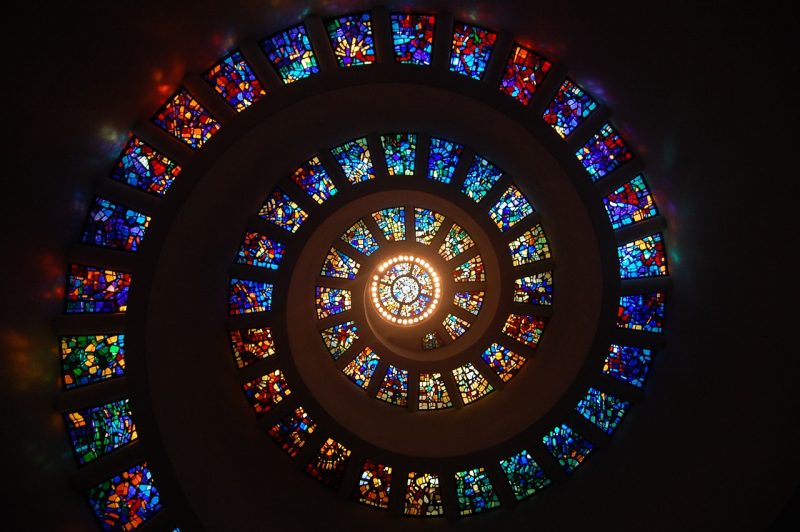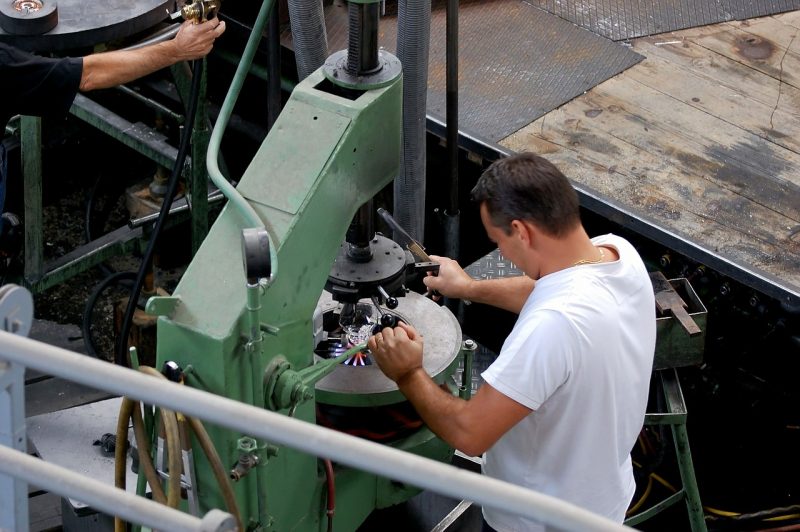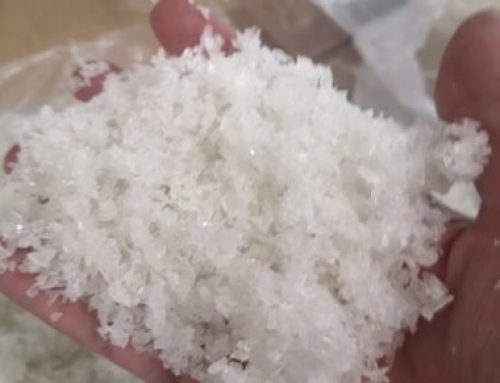28 March 2022
With a leap we reach the Middle Ages, when glass took on a high artistic dimension, a form of art present especially in sacred buildings (but not only) and with the aim of narrating biblical passages or glorify fundamental historical characters. The technique associated with this change is that of lead binding (commonly known as “cathedral technique”), made famous by stained glass windows present in a wide range of very famous monuments in Europe of every size, as illustrated perfectly in photos.

In these centuries, a predominant role is given by the French industrial group Saint-Gobain and their technological invention decisive: the casting in glass on board (1688). The glassmakers worked the glass mass with a roller to obtain a homogeneous thickness. The process was ideal for the realization of the mirrors that went to decorate the palaces in Rococo style of the nobility of the time.
A further innovative stage in the history of glass dates to 1867, when Friedrich Siemens introduced a technical innovation that accelerated the industrialization of glass production: the continuous basin furnace. Even today, the basin furnaces consist of the melting and processing tank and workday and night without interruption. This was an important stage for the automated production of glass containers.

In the second half of the 20th century, thanks to the introduction of electronically controlled machines, the production volumes of glass articles were increased, while new processes for the manufacture of light glass reduce the environmental impact of the processes as well as the consumption of energy sources. Glass is now an integral part of the context in which we live. It is used in research, communication technology, architecture and solar panels. Glass is the ideal material to contain food, drinks and cosmetics. But it hides some peculiarities that not everyone is aware of. In the next and final focus on the history of glass we will discover what hides in truth a material so evolved over the centuries and so sought after worldwide.





Leave A Comment